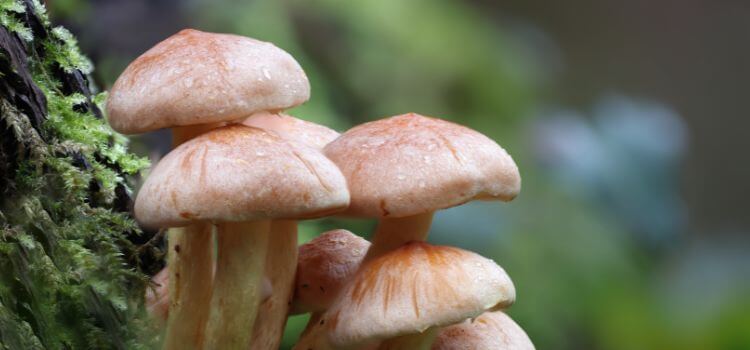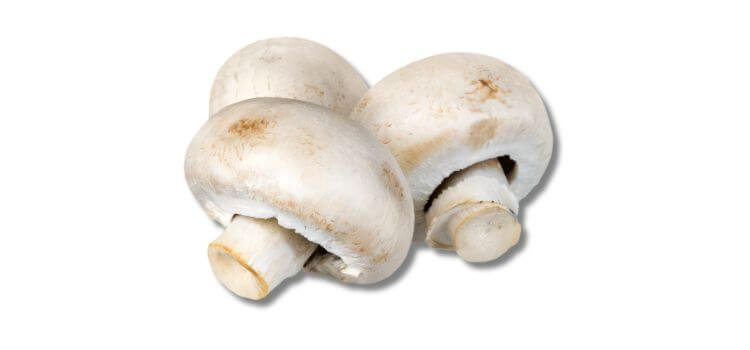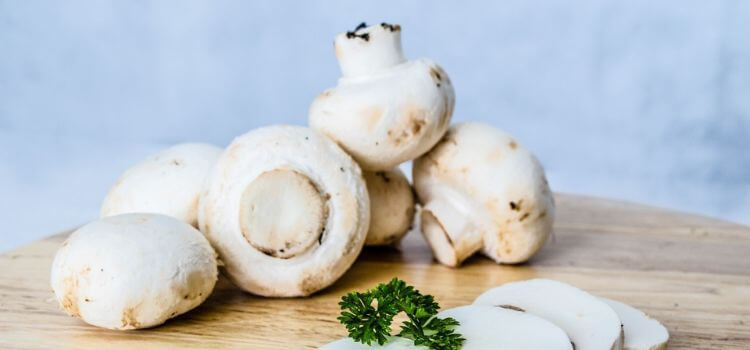As an Amazon Associate, I earn from qualifying purchases

When cultivating mushrooms at home, sterilizing the substrate is crucial in ensuring a successful harvest. Our comprehensive guide on “How To Sterilize Mushroom Substrate Without A Pressure Cooker” explores innovative approaches that achieve sterilization efficiency without relying on specialized equipment.
Discover expert insights, practical tips, and DIY techniques to elevate your mushroom cultivation game to heights. Let’s delve into mastering the efficient and effective sterilization of mushroom substrates, opening a world of possibilities for your mycological endeavours.
Understanding Mushroom Substrate Sterilization
Sterilization eliminates all forms of microorganisms from a medium, such as a mushroom substrate. It is crucial for successful mushroom cultivation because it fosters a conducive environment that encourages the growth of desired mushrooms, while simultaneously deterring the proliferation of harmful bacteria, fungi, and other organisms that may compete with or harm your mushrooms.
Overview of common methods
The most common method for sterilizing mushroom substrate is a pressure cooker. This specialized equipment uses high temperature and pressure to kill microorganisms effectively. However, it can be expensive and inaccessible for some home growers.
Alternative Methods for Sterilizing Mushroom Substrate

A. Microwave Sterilization Technique
- Prepare your substrate mixture: Start by preparing your substrate mixture using the ingredients and ratios recommended for your specific mushroom species.
- Pack the substrate in a microwave: Choose a container suitable for use in a microwave and fill it with your prepared substrate mixture.
- Cover the container loosely: Gently drape the container with foil or plastic wrap, ensuring there’s enough space for steam to escape during the sterilization process.
- Microwave on high for 10-15 minutes: Place the container in the microwave and set it on high for 10-15 minutes, depending on the power of your microwave.
- Allow the substrate to cool down: After completion, carefully take the container out of the microwave and allow it to cool down prior to introducing mushroom spores or spawn for inoculation.
- Inoculate the substrate: After cooling down, open the container and inoculate the substrate with your desired mushroom spores or spawn.
B. Boiling Water Bath Technique
- Prepare your substrate mixture: Start by preparing your substrate mixture as recommended for your specific mushroom species.
- Pack the substrate in a heat-safe bag: Choose a plastic bag and fill it with your prepared substrate mixture, leaving enough room for expansion during sterilization.
- Submerge the bag in boiling water: Place it in a pot, ensuring it is fully submerged.
- Boil for 2-3 hours: Keep the bag in the boiling water bath for 2-3 hours, depending on the size of your substrate bag.
- Remove and cool down: Once done, take the bag out of the boiling water and allow it to cool, before inoculating it with mushroom spores or spawn.
- Inoculate the substrate: After cooling down, open the bag and inoculate the substrate with your desired mushroom spores or spawn.
C. Oven Sterilization Method
- Prepare your substrate mixture: Start by preparing your substrate mixture as recommended for your specific mushroom species.
- Pack the substrate in an oven-safe bag: Choose an oven-safe plastic bag and fill it with your prepared substrate mixture, leaving enough room for expansion during sterilization.
- Place the bag in the oven: Once preheated, place your substrate bag in the oven and let it sterilize for 2-3 hours.
- Oven Preparation: Set your oven to preheat at 250°F (121°C).
- Allow cooling down before inoculating: After sterilizing, remove the bag from the oven and let it cool down before inoculating it with mushroom spores or spawn.
- Inoculate the substrate: Open the bag and inoculate the substrate with your desired mushroom spores or spawn once cooled down.
D. Chemical Sterilization Options
While not recommended for most home growers due to safety concerns, chemical sterilisation methods are also available. These typically involve using harsh chemicals such as bleach or hydrogen peroxide to kill microorganisms in the substrate.
It’s crucial to understand that these techniques can pose risks if not executed correctly. They might leave detrimental residues in your substrate, potentially impacting the growth of your mushrooms. Therefore, it is crucial to research and carefully follow instructions if opting for chemical sterilization methods.
Best Practices and Tips for Successful Sterilization

General guidelines for maintaining a sterile environment:
- Wear clean, protective clothing: Before starting the sterilization process, make sure you are wearing clean clothes and ensure you wash your hands to reduce the risk of introducing contaminants.
- Work in a clean, well-ventilated area: It is essential to work in a space free from dust and other contaminants and with good airflow to prevent unwanted microorganisms from settling on your substrate.
- Use sterile equipment: Sterilize all tools, containers, and equipment before using them.
- Follow recommended ratios and temperatures: To achieve successful sterilization, it is crucial to follow the recommended ratios of ingredients for your specific mushroom species and maintain the correct temperature for the designated time.
Conclusion
Pressure cookers are still the preferred method for sterilizing mushroom substrate, maintaining their status as the most popular choice for this essential task. There are alternative methods that home growers can utilize. These methods may require more care and attention but can still yield successful results.
It is essential to research and carefully follow instructions for any sterilization method chosen to ensure the best possible outcome for your mycological endeavours. Ensure you keep the environment pristine and sterile at all times to reduce the risk of contamination.
By employing proper sterilization techniques, you can reap a plentiful harvest of nutritious and flavorful mushrooms. So don’t be afraid to try different methods and find what works best for you! Happy growing!
As an Amazon Associate, I earn from qualifying purchases
Pingback: How Long To Cook Chitterlings In A Pressure Cooker